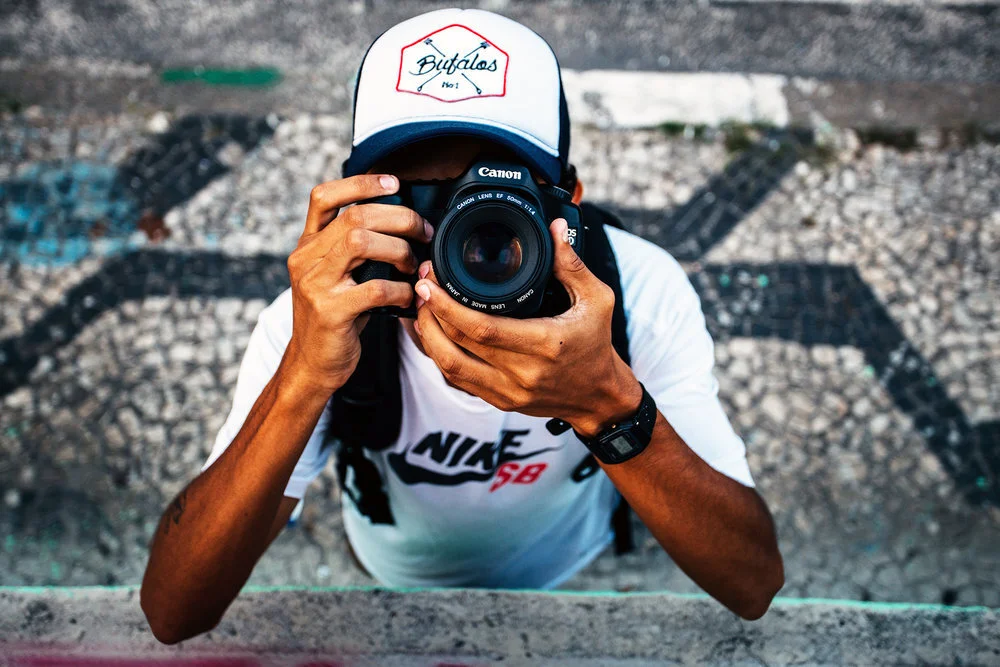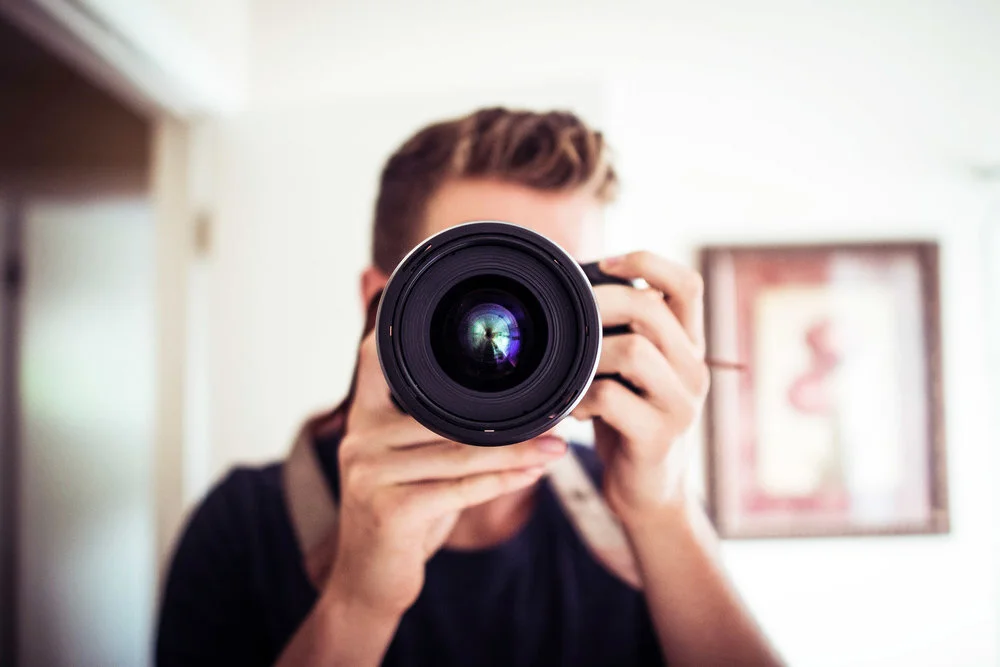A compelling image can capture attention, tell a story, and help you connect with your viewer. But inexpensive, non-cheesy stock photos can sometimes be hard to come by.
To save you the hassle of hunting for decent photos, we’ve narrowed our top 9 (mostly free) stock photo sites. If you're looking for even more photos, a few of these sites offer a reasonably priced upgrade option that will give you access to even more photos.
Browse through this list and start bookmarking some new favorites!
Life of Pix
Life of Pix pulls their content from a community of photographers who upload free, high quality images and video. This site is especially great for gorgeous pictures of nature and travel!
Unsplash
Unsplash is the perfect photo source for lifestyle pictures, food, and culture shots. All the pictures on Unsplash are hosted under a Creative Commons Zero (CC0) license, so you can feel free to alter, copy, or use them commercially.
Pexels
Pexels has a huge collection of high resolution pictures of people, animals, landscapes, and abstract subjects. You can choose to view the most popular images or search for specific topics.
Fancy Crave
Want to tell a story? Fancy Crave offers a collection of “emotionally driven” images that are licensed under CC0.
Death to Stock
This is site should be your go to resource for artsy photos and videos with a minimalistic aesthetic. For $15 a month (or $145 annually), premium members have access to unlimited downloads and over 20 new photos a month.
Pic Jumbo
Pic Jumbo has an extensive collection of pictures for business, restaurants, technology, nature, people...and pretty much anything you can think of. For $10 a month, you can upgrade to a premium membership of over 3,000 stock photos and unlimited downloads.
Travel Coffee Book
Travel Coffee Book is the go to destination for gorgeous travel photography. You may even be inspired to grab your passport after browsing their giant collection!
Jay Mantri
Jay Mantri posts a variety of free images under the CC0 license. All of the pictures have a soft aesthetic and range from hazy forest landscapes to abstract cityscapes.
Kaboom Pics
Kaboom Pics has a huge collection of over 4,000 royalty images. This site is a popular source for lifestyle and interior design pictures. We especially love that each image features a complementary color palette!
Creative Marketing in Greensboro, NC and beyond
Hue & Tone is here to help you achieve your goals. From logo design to custom social media content, Hue & Tone can help you get noticed and make a lasting impression. Contact us today to learn more about our design and marketing services.

















